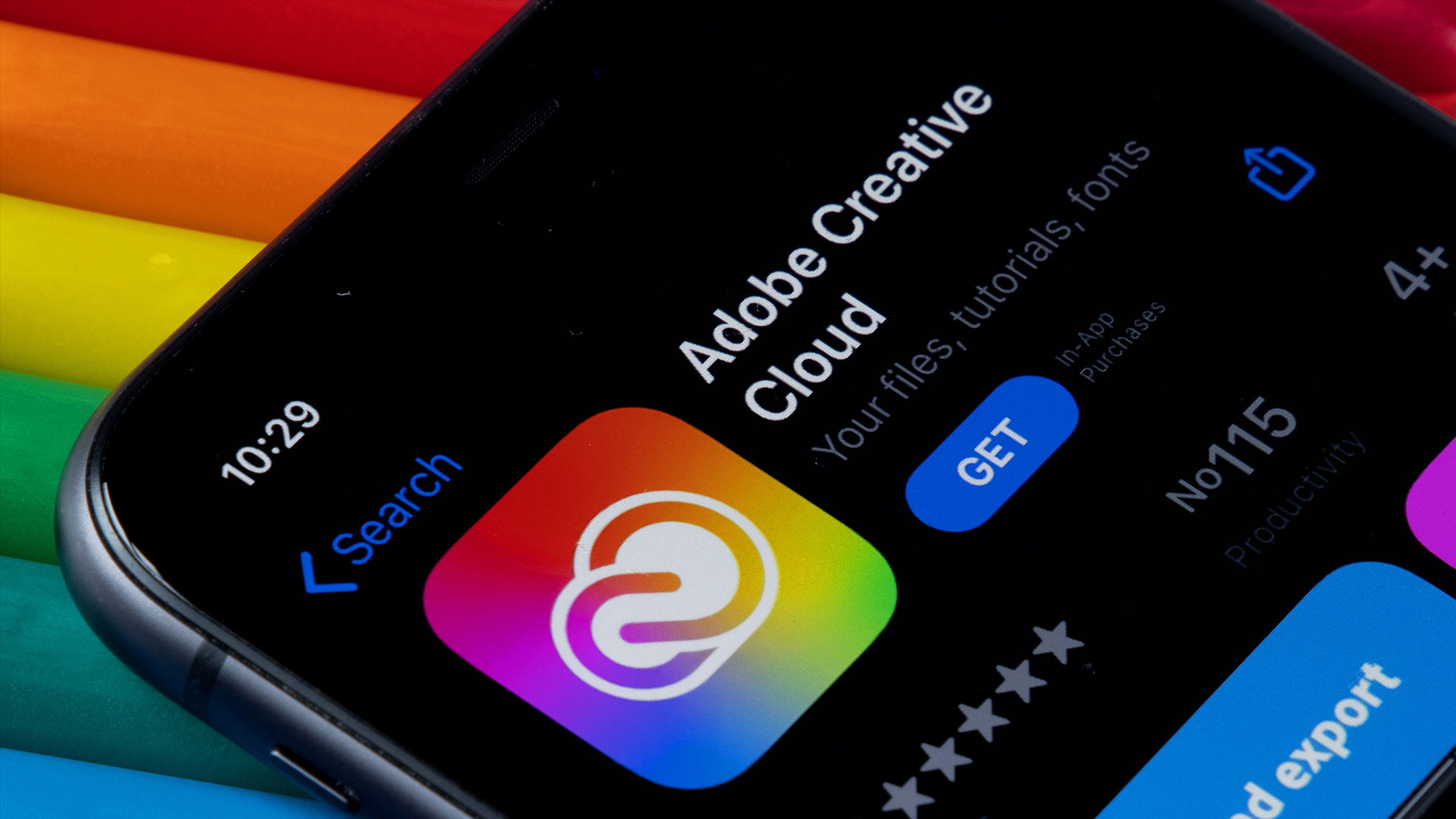In this months blog, we take a look at the elements and principles need to form a cracking successful website,
Good website design can be divided up into key elements that ensure the best outcome for your user.
-
Clear, simple design. Designing a website with too many elements that serve no real purpose to your site visitor should be avoided. A clean uncluttered interface that is easy to navigate and guides your visitors to your content is all that’s needed. The classic rule is that if it takes more than three clicks to get to the target content, your navigation is not working.
- Responsive. A web design that works across any mobile device is absolutely critical. 86% of web searches and visits are conducted from a mobile device. Your website needs to adapt its content and design instantly to the size of screen required. Google now crawls new websites from a smartphone point of view and ranks them higher based on the usability of the mobile version.
- Typography and fonts. Readability is obviously important. Whilst it’s tempting to use a funky Google font in your design to show your flair and creativity, it could prove too challenging for your visitor to read and may even impact your search ranking. Modern san serif fonts such as Arial or Helvetica are still best to use for body content or can be used in combination with alternative heading fonts for a touch of styling.
- Images and pictures. Keep the use of images and graphics to the minimum required to emphasise or illustrate the point of the content. Try to use images that convey success, and happiness and add valuable content to your page.
- Call to action. Let’s be honest, you want your visitors to buy your product or services but have you made this obvious? A well-placed call to action button such as “buy here”, “order today” etc should always be visible to your visitors. Consider this button as your cash register!
- Colours and mood. Colour plays an important part in great website design. A little bit of research can reveal the physiological aspects of colour usage, for example, red is considered suitable for food-based sites, orange is creative and playful etc Black pages are cool but you need to consider if your user may have to print out information! The mood or voice of your content should be kept consistent and true to your brand. Don’t do wacky or try to be funny if that’s not what you are! Be professional.
- Quick loading. Again, vital to the success of your website. Pages need to be delivered as quickly as possible, in less than two seconds if you can! Google has greatly emphasised page speed times when choosing to index websites. This can be achieved with most of the principles I have already listed, light uncluttered pages with a minimal amount of images and reusable menu systems help to keep page loading light. A good choice of hosting provider can also play a part in serving your pages.
- Fresh content. Keep your website content up to date and add new content regularly. This can be done simply by adding a blog or your existing content can be repurposed. For example, if your content was written in 2017, review it and update it for today. Google is always learning about and discovering new content.
In conclusion.
Keep things clear, easy to read, easy on the eye and fast to load! Not too much to ask for is it? Functional, user-friendly website design will always win the day and keep important search engines interested in your website. Design and write your website for human beings, not robots!







